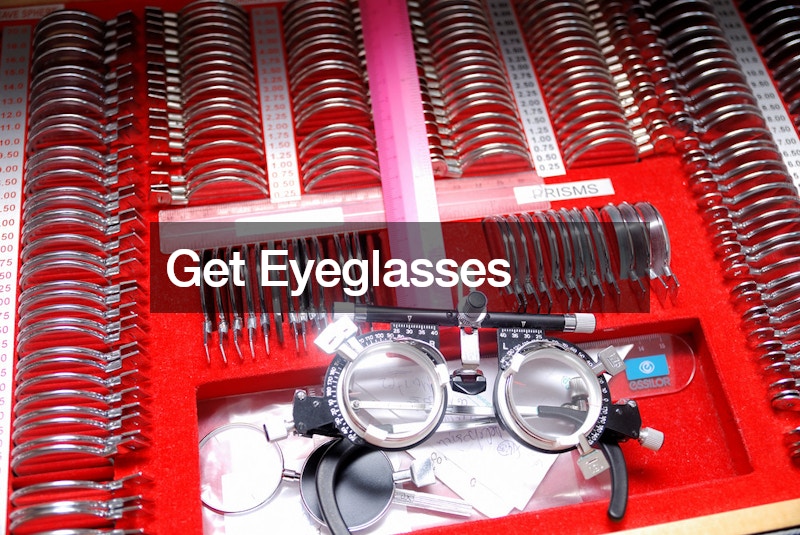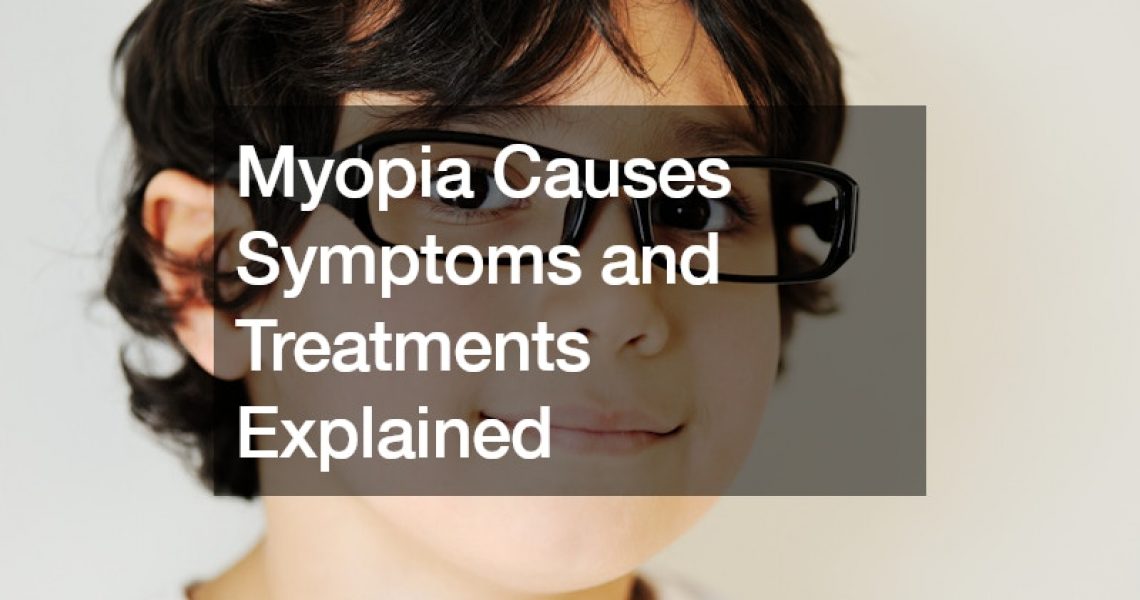Myopia, also commonly known as nearsightedness, is a widespread eye condition affecting millions globally. It causes difficulty seeing distant objects clearly, while near objects appear sharp. This article explores the causes, symptoms, and various treatment options available for myopia.
Understanding Myopia: The Science Behind Blurry Vision
Myopia occurs when light rays entering the eye fail to focus directly on the retina, the light-sensitive layer at the back of the eyeball. This results in blurry vision for distant objects.
There are two main reasons why this focusing issue happens:
- Eyeball Shape: In a normal eye, the eyeball is round, allowing light rays to converge precisely on the retina. In myopia, the eyeball is elongated, causing light rays to focus in front of the retina instead.
- Cornea and Lens Shape: The cornea, the clear dome at the front of the eye, and the lens, a transparent structure inside the eye, work together to bend light rays for proper focusing. In myopia, the cornea may be too curved, or the lens may be too thick, further contributing to the light focusing issue.
Risk Factors and Hereditary Link
While the exact cause of myopia remains under investigation, several factors can increase the risk of developing it. Genetics plays a significant role. If one parent has myopia, a child has a higher chance of developing it. This risk further increases if both parents are nearsighted.
Environmental factors may also contribute. Extensive near work, such as spending excessive time reading, writing, or using electronic devices, has been linked to an increased risk of myopia, particularly in childhood. However, the exact cause-and-effect relationship is yet to be fully understood.
Recognizing the Signs: Common Symptoms of Myopia
Myopia typically develops during childhood and adolescence. Here are some common symptoms to watch out for:
- Blurry vision for distant objects: This is the most prominent symptom. People with myopia may struggle to see objects far away, such as road signs, people’s faces, or the board in school.
- Squinting: Squinting helps narrow the field of vision and improve the focus on near objects to compensate for blurry distant vision.
- Headaches: Eye strain from constantly trying to focus on distant objects can lead to headaches.
- Eye fatigue: People with myopia may experience tired eyes, especially after prolonged near work.
- Difficulty seeing at night: Night vision can also be affected in some cases of myopia.
- Sitting closer to objects: Children with myopia may sit closer to the television, hold books very close to their eyes while reading, or position themselves close to the front of the classroom.
Diagnosis and Treatment Options
Early diagnosis and treatment of myopia are crucial to maintain good vision and prevent complications. Regular eye exams are essential, especially for children. During an eye exam, an ophthalmologist or optometrist will use various tests to assess vision, measure the shape of the eye, and determine the severity of myopia.
There is no cure for myopia, but several effective treatment options can significantly improve vision:
- Corrective Lenses: Glasses and contact lenses are the most common and effective treatments for myopia. They work by refracting light rays, bending them in a way that allows them to focus properly on the retina. Opticians can help determine the appropriate lens power and type (single vision, bifocals, or progressives) for your specific needs.
- Refractive Surgery: In some cases, refractive surgery may be an option for individuals seeking a more permanent solution. These procedures use lasers to reshape the cornea, correcting the focusing issue. LASIK (Laser-Assisted in Situ Keratomileusis) is a common type of refractive surgery for myopia. However, it’s important to consult an ophthalmologist to discuss candidacy and potential risks associated with this option.
Additional Considerations and Lifestyle Tips
While there’s no guaranteed way to prevent myopia, some lifestyle practices may be helpful:
- Regular eye exams: Schedule regular eye exams, especially for children, to detect myopia early and monitor its progression.
- Take breaks from near work: When focusing on near objects for extended periods, take regular breaks to relax your eyes. Look away for 20 seconds every 20 minutes and focus on a distant object (20-20-20 rule).
- Spend time outdoors: Research indicates that increasing outdoor activities could potentially lower the likelihood of myopia advancing, especially among children.
Conclusion
Myopia is a prevalent vision condition that can be effectively managed with proper diagnosis and treatment. By understanding the causes and symptoms, seeking timely evaluation from an eye care professional, and following recommended treatments, individuals with myopia can maintain good vision and enjoy a clear view of the world. Remember, early detection and intervention are key to managing myopia.
.


